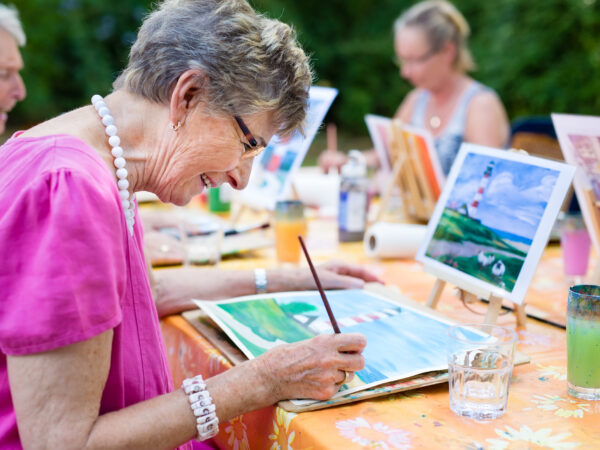It can be both exciting and daunting for older adults to know that their healthy habits, along with medical advances have increased the odds of living into very old age. Many seniors stay active and involved in their communities and some continue to work long past retirement age to keep busy and engaged, and to help fund an increasing longer third act. But according to new research, by 2033, 72 percent of middle-income seniors will not have sufficient income to pay for private assisted living and medical care, even if they sold their homes.
Funded by the SCAN Foundation, a new analysis updating the Forgotten Middle study by researchers at the University of Chicago found that most middle-income seniors may not have the financial resources they require to pay for the care they want and need. From 2018 to 2033, the number of middle-income seniors is expected to grow by 89 percent, and this group is increasingly diverse.
As divorce rates rise, and more adult children move away from their parents to find jobs and affordable housing, a larger share of seniors will not have family support nearby to help with their care as they age. More than half of middle-income seniors are expected to have three or more chronic health conditions, and 56 percent will have mobility limitations. A third of seniors, and about 40 percent of elderly adults over 85 are also anticipated to have cognitive impairments.
Because middle-earners aren’t likely to qualify for public programs that pay for long-term care, many seniors who can’t rely on family or friends to provide caregiving support will struggle to pay for assisted living and care. With rising housing, food, and transportation expenses, adult children may have a limited ability to financially help their aging parent(s). Although the sale of a family home may help fund assisted living care, often seniors are reluctant to make the decision to sell, or one spouse may still be living in the home.
To meet the needs of a rapidly growing older, and diverse population, new housing models are continuing to evolve to include home-sharing opportunities, cooperative seniors’ communities, and intergenerational living arrangements. Community-centered living, where people of all ages can gather, encourages greater social interaction, and helps not only house and care for seniors but also provides an antidote to isolation and loneliness.






Add Your Voice
0 Comments
Join the Discussion